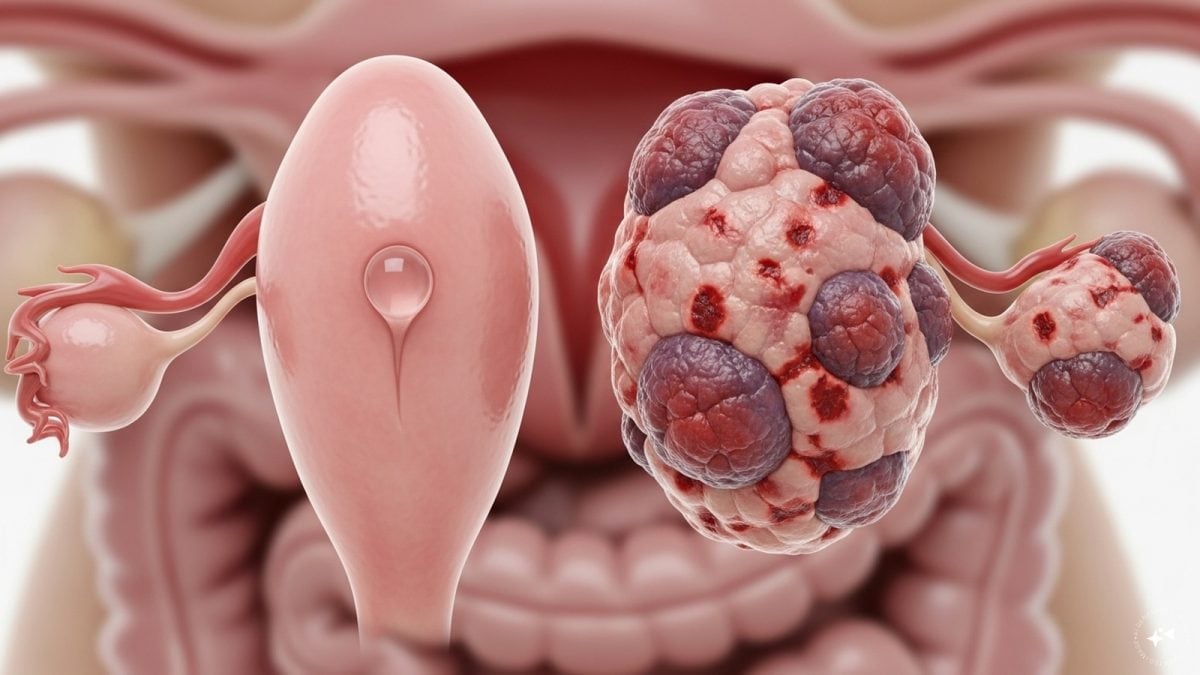Male-pattern baldness or androgenetic alopecia is a common problem in India and around the world. Last month, new research showed that a popular skin treatment — platelet-rich plasma therapy, or PRP — might also help men who are likely to lose hair as their follicles shrink with age. You might have heard of PRP in the context of photoaging: premature ageing of the skin as a result of prolonged exposure to the sun has been reported people as young as 30. [caption id=“attachment_7451561” align=“alignleft” width=“380”]
 Representational image.
Image by Ira Lee Nesbitt from Pixabay[/caption] Research shows that PRP can help reverse solar elastosis or actinic elastosis — in which the outer layer of the skin loses elasticity as the collagen deteriorates and abnormal elastin gathers under the eyes — without injecting harmful toxins into the skin. Besides its cosmetic uses, PRP is increasingly being used for the treatment of tendinopathy (pain and swelling in the tendons, the connective tissue between bones and muscles), degenerative cellular diseases, orthopaedic diseases and ophthalmological cases. Here’s more on PRP, and why it’s being used to fix problems of the skin, tendons and now hair follicles.
What is PRP?
Platelet-Rich Plasma or PRP is an autologous blood sample (obtained from the same individual who is going to receive the treatment) that has a higher platelet concentration than the normal baseline blood plasma. Platelets are the body’s natural healers - for example, they form scabs when you cut yourself. PRP simply has many more platelets than the blood flowing through your veins. PRP is as good as botox at ironing out wrinkles around the eyes and forehead, plus it has other advantages. Here’s how the two compare:
- Botox is a diluted form of the neurotoxin Botulinum Toxin A - it works by paralysing particular muscles and blocking nerves. PRP, on the other hand, is non-toxic. It heals wounds and rejuvenates the skin in the same way that the body does.
- After getting Botox treatment, patients may experience bruising, swelling and pain. Adverse side-effects include site-specific damage, and ptosis, a condition in which the eyelids may droop. PRP does not have such side-effects, other than pain on the site of injection.
- Botox therapy has to be repeated every three months. Whereas the entire PRP therapy takes about three or four sessions.
How is PRP made?
Scientists have explained the step-by-step process of making PRP in peer-reviewed journals. Here are the key points:
- A lab technician draws 15-50 ml blood from the patient’s arm into a tube containing an anticoagulant, or non-clotting agent. Approximately 30 ml of venous blood yields 3-5 ml of PRP.
- The blood is put into a centrifuge (a machine that rotates it) at 1,200 rotations per minute (rpm) for 12 minutes. The temperature during processing is between 21 degrees Celsius and 24°C.
- Once the blood separates into three layers (an upper layer that contains platelets and white blood cells, an intermediate thin layer [the buffy coat] that is rich in white blood cells, and a bottom layer that contains red blood cells - technicians carefully remove the bottom layer, and centrifuge the upper layer and the intermediate buffy layer again at 3,300 rpm for 7 minutes. This results in the formation of soft pellets at the bottom of the tube.
- The pellets collect in the lower third (5 ml) of the plasma to create the PRP; the rest is discarded.
- The PRP is now ready for injection.
Where can PRP be used?
Clinicians are now using PRP for a range of procedures, for healing wounds and improving appearance. Examples include:
- Dermal conditions like photoaging, androgenetic alopecia (loss of hair in an uncommon fashion or chunks).
- Removing scars and contour defects. Clinicians mix fat grafts with PRP to treat traumatic scars, followed by fractional laser resurfacing to make the skin smooth again.
- Acute and chronic ulcers: PRP may either be used as a topical spray or injected.
- Striae distensae: PRP stimulates wound healing in striae (stretch marks).
- To treat lipodermatosclerosis or inflammation in the layer of fat under the skin.
Ways of using PRP on the skin
- Topical application under occlusion (the clinician applies the PRP on the affected area and cover the skin with tape, gloves, or impermeable dressings).
- Direct intradermal injections - injecting the plasma into the superficial layer of the skin.
- Microneedling, using derma pen or derma roller. It is usually done once every four to six months for one year and then yearly as maintenance therapy.
Though safer than Botox, PRP is still a clinical procedure. Please check with your dermatologist before signing up for it. If you have a chronic health condition, check with your doctor before starting any new therapy. Health articles in Firstpost are written by myUpchar.com, India’s first and biggest resource for verified medical information. At myUpchar, researchers and journalists work with doctors to bring you information on all things health. For more information on getting smooth skin, please read our article here_._


)

)
)
)
)
)
)
)
)



